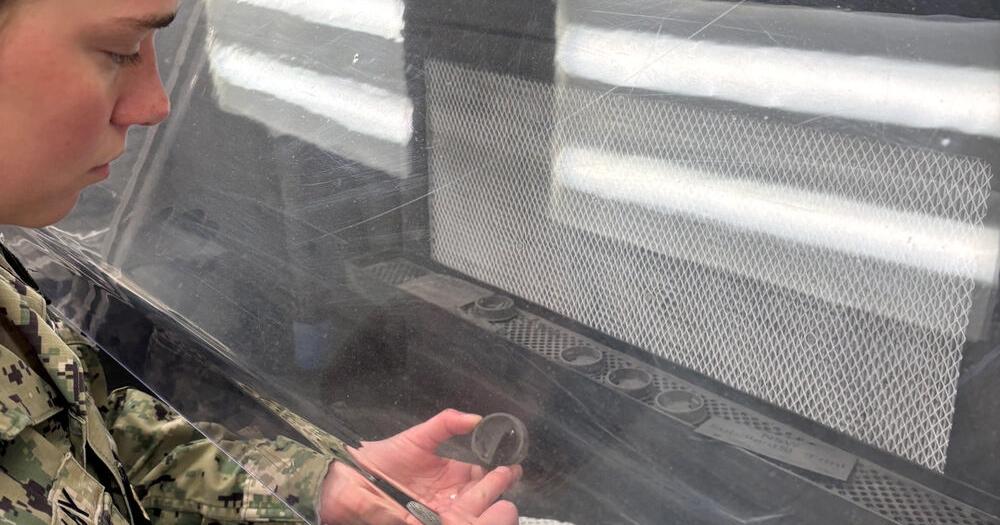3D Printing Revolution: How USNA and Submarine Force Are Reshaping Naval Technology

Pushing the Boundaries of Naval Innovation: Submarine Forces Explore Cutting-Edge Manufacturing Technology
In a groundbreaking collaboration, Commander, Submarine Forces is diving deep into the potential of additive manufacturing (AM) technology, partnering with talented midshipmen from the U.S. Naval Academy. This innovative research aims to revolutionize how submarines address critical operational needs through advanced 3D printing techniques.
The initiative represents a forward-thinking approach to military technology, leveraging the creativity of young naval professionals and the expertise of submarine command leadership. By exploring additive manufacturing, the team seeks to develop more efficient, adaptable, and rapid solutions for complex maritime challenges.
As the maritime landscape continues to evolve, this research promises to provide submarine forces with unprecedented flexibility in equipment production and maintenance, potentially transforming naval operational capabilities for the future.

